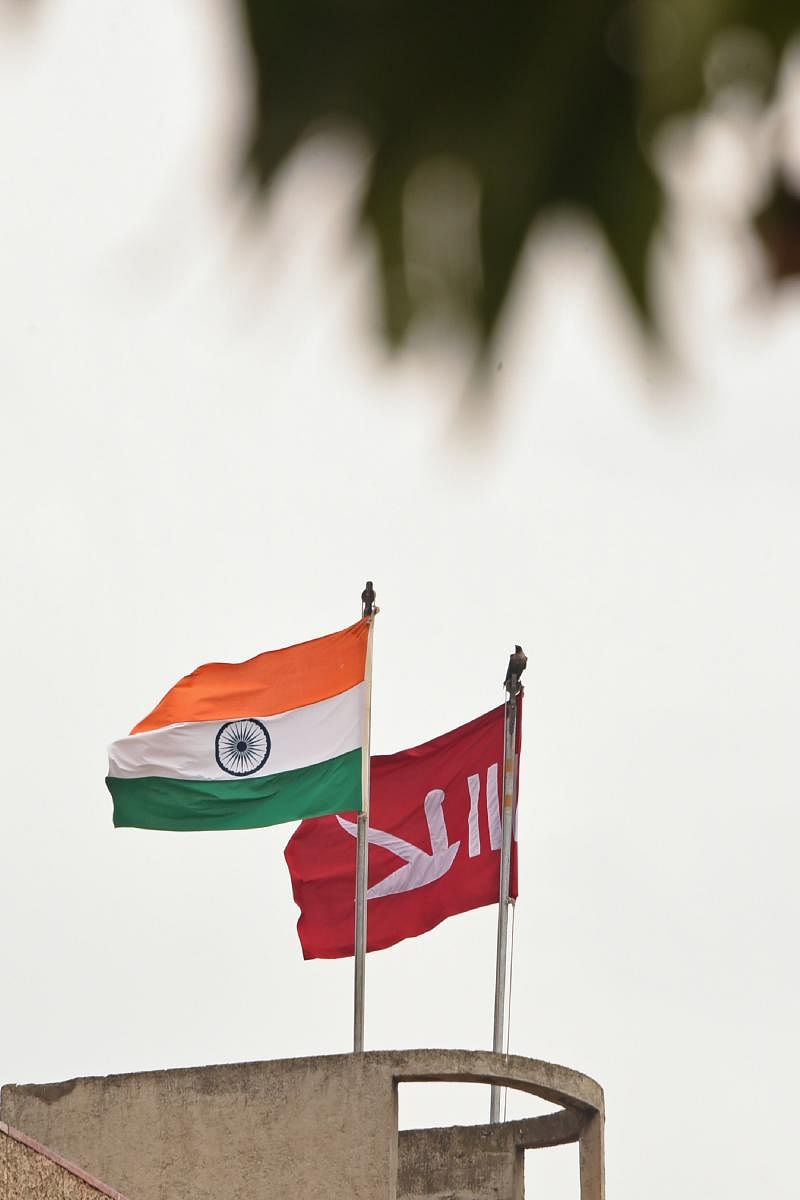
The bifurcation of Jammu and Kashmir (J&K) into two Union Territories (UT) has once again drawn focus to the role of nominated Lieutenant Governors (L-G) who have traditionally abused their power to assert supremacy over the elected chief minister, thereby negating the mandate of the people.
The Jammu and Kashmir Reorganisation Act, 2019, which comes into effect on October 31, the birth anniversary of Sardar Vallabhbhai Patel, provides for two UTs — J&K and Ladakh —each with an L-G of its own. Union territories are regions that are directly administered by the Centre through an administrator or L-G.
Of the nine UTs in the country, J&K, Delhi and Puducherry which have been granted ‘partial statehood’ are entitled to an elected legislative assembly and a chief minister. The UTs without an assembly are Andaman and Nicobar Islands, Dadra and Nagar Haveli, Chandigarh, Daman and Diu, Lakshadweep and Ladakh.
Ever since the President granted his assent to the Act, social media is abuzz with ‘news’ of the imminent appointment of retired senior police officer K Vijay Kumar as the LG of the J&K UT, but in reality this does not seem to be an immediate possibility.
Vijay Kumar, a 1975-batch IPS officer of Tamil Nadu (TN) cadre catapulted to fame when the Special Task Force headed by him shot dead dreaded forest brigand Veerappan in 2004. He had earlier served as the Inspector General, Border Security Force (BSF) in the Kashmir Valley and was involved in anti-Naxal operations as the DGP of CRPF.
He is currently one of the two advisers to the governor of J&K, which is under Central rule. Though he might be eminently suited for the LG’s post, given his vast experience in counter-insurgency, there is a catch.
Section 5 of the Act says, “On and from the appointed day (October 31), the Governor of the existing state of Jammu and Kashmir shall be the Lieutenant Governor for the Union Territory of Jammu and Kashmir, and Union Territory of Ladakh, for such period as may be determined by the President.”
In order to ensure continuity, it is most likely that the current Governor - Satya Pal Malik - will hold fort until stability is restored. Thus, separate L-Gs to the new UTs will be appointed only at a later date.
With this, for the first time in the history of the country, a state will be downgraded to two UTs while a sitting governor will be demoted to the post of L-G, a lower rank. Usually, it is the other way round—a UT is upgraded to a state and the L-G is promoted as governor.
The governor is the head of a full-fledged state and possesses executive, legislative, financial and judicial powers.
But in practice, he exercises only nominal powers as he is bound by the “aid and advice” of the council of ministers headed by the chief minister of the respective state, according to Article 163 of the Constitution. Though this is applicable to L-Gs too, they enjoy certain discretionary powers which have enabled them to bypass the council of ministers and become a law unto themselves, sidestepping the elected executive.
The J&K Reorganisation Act also states that “Council will aid and advise the Lieutenant Governor on matters that the assembly has powers to make laws,” but it makes no bones about who the real boss is. The L-G has been given wide-ranging discretionary and financial powers which can reduce the chief minister to a rubber stamp.
While police and public order will not come within the domain of the state administration, no bill or amendment can be moved in the assembly regarding “imposition, abolition, remission, alteration or regulation of any tax” without the recommendation of the LG.
The amendment of any law with respect to any financial obligations of the UT will also require the prior consent of the L-G. In addition, the L-G will have direct control over All India Service officers and anti-corruption bureau.
This is not the first time that the powers of the L-G have come into question. In the Government of National Capital Territory of Delhi versus the Union India case where Chief Minister Arvind Kejriwal had challenged the powers of the L-G, the Supreme Court held, “The L-G does not have independent decision-making powers, and is bound to act on the aid and advice of the council of ministers. All decisions of the council of ministers, who are elected representatives of the people of Delhi, must be communicated to the L-G, but that does not mean his concurrence is required.”
Puducherry story
In Puducherry, L-G Kiran Bedi had used her discretionary powers under Section 44 of The Government of Union Territories Act, 1963, to veto even cabinet decisions and interfere in the day-to-day administration.
Chief Minister V Narayanaswamy has openly accused her of working on the orders of the centre to disrupt the functioning of his government.
When the matter reached the Madras High Court, it ruled that the L-G could not run a parallel government as she did not have the powers to act on her own and was bound by the aid and advice of the council of ministers.
The Supreme Court has refused to entertain Bedi’s appeal and has directed her to approach the division bench of the High Court. Though by implication, the court orders should apply to J&K too, one never knows what new loophole a future L-G may find to undermine an elected government.
It will be a sad day if J&K which was an autonomous state is reduced to a vassal of the Centre.
In a democracy, the voice of the people should prevail over that of a titular head.
(The writer is a political commentator based in Bengaluru)